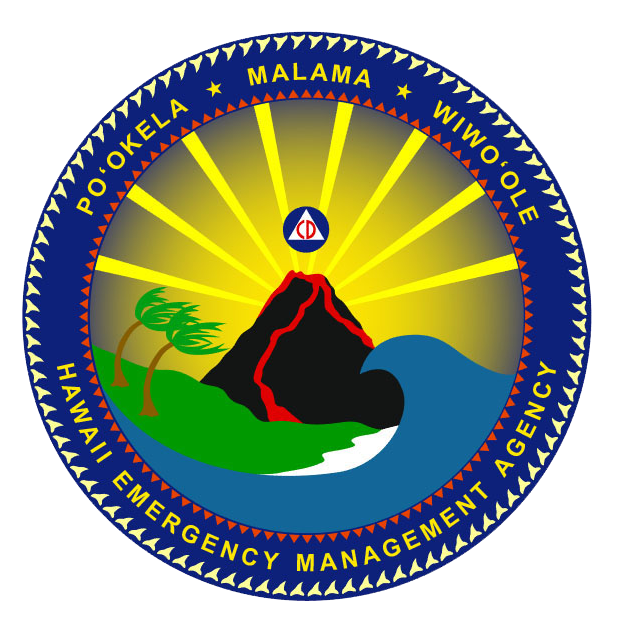Diamond Head Crater
History of Diamond Head Crater
Le’ahi (Diamond Head) was created 300,000 years ago during a single brief eruption. The crater covers 350 acres with its width being greater than its height. Le’ahi is the most recognized landmark in Hawaii, and was designated a National Natural Landmark in 1968. Diamond Head sits at the Eastern end of Waikiki beach, and was about 3 miles from the hotel (about an hour drive from the hotel in traffic).
In 1904, Diamond Head was purchased by the government and designated for military use. Fortification began in 1908 with the construction of gun emplacements and an entry tunnel through the North wall of the crater from Fort Ruger known as the Kaphaulu tunnel.
Batteries were built to house the coastal artillery. A total of five batteries were built at Diamond Head crater: Harlow (1910) on the northern exterior; Dodge and Hulings (1913) which tunnel through the eastern wall; Birkhimer (1916) which is largely below ground inside the crater; and Battery 407 (1943) which tunnels through the southern wall.
Fire Control Station Diamond Head was built at the summit between 1908-1910 and housed instruments and plotting rooms to direct artillery fire from several batteries.
From this observation station, observers could triangulate targets and aim the mortar fire from batteries Randolph (where the Fort DeRussy Military Museum is currently located) and Dudley at Fort DeRussy in Waikiki and Battery Harlow at Fort Ruger on the outer slopes of the crater.
Consisting of four levels, the exterior of the Fire Control Station was camouflaged with rubble embedded in the concrete. Slits on each level provided seaward viewing for potential sea and air attacks. A spiral staircase and ladders accessed the four levels and the summit. 2/3 of the way up to the fire control station, there are 99 VERY STEEP stairs to go up. At the top of the stairs there is a tunnel blasted through the crater wall to get to the observation point.
Additional coastal defense was provided by long range guns installed on the outer slopes and rim of the crater around 1915. Diamond Head was prepared to defend O’ahu from attack but no artillery was ever fired during the war.
The trail to the summit of Le’ahi was built in 1908 as part of the US Army Coastal Artillery defense system. Entering the crater from Fort Ruger, through Kapahulu tunnel. The trail scaled the steep interior western slopes of the crater to the summit. The dirt trail with numerous switchbacks was designed for mule and foot traffic. The mules hauled materials on this trail for construction of Fore Control Station Diamond Head at the summit. Other materials were hoisted from the crater floor by a winch and cable to a point along the trail. The Kahala Tunnel was built in the 1940s and is the public entrance to the crater. There is a pull-off half way up the volcano where you can pull your vehicle over and look along the coast. Here is the view east towards Koko Head. Here is Lana. Again. This is what it looks like if you look inward towards the center of the island.
It is 0.8 miles from the trailhead to the summit, and climbs 560 feet from the crater floor. The summit of the crater and the uppermost level of the Fire Control Station are at an elevation of 761 feet. Bunkers along the crater rim were built in 1915. At the summit, there is a map showing other points of interest relative to Diamond Head. There is a lighthouse at the base of the crater. From the summit looking southeast across the crater towards Koko Head. You can even see all the way to Honolulu and Waikiki from the top of the volcano.

